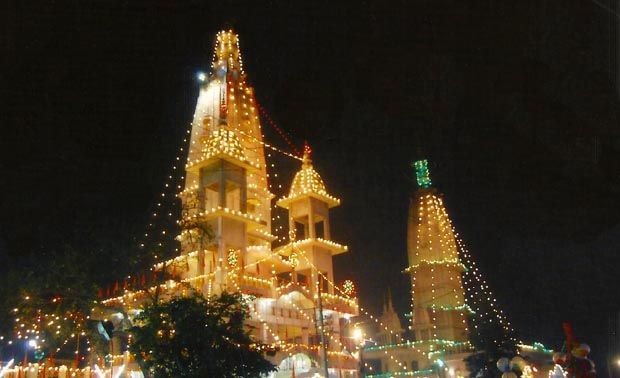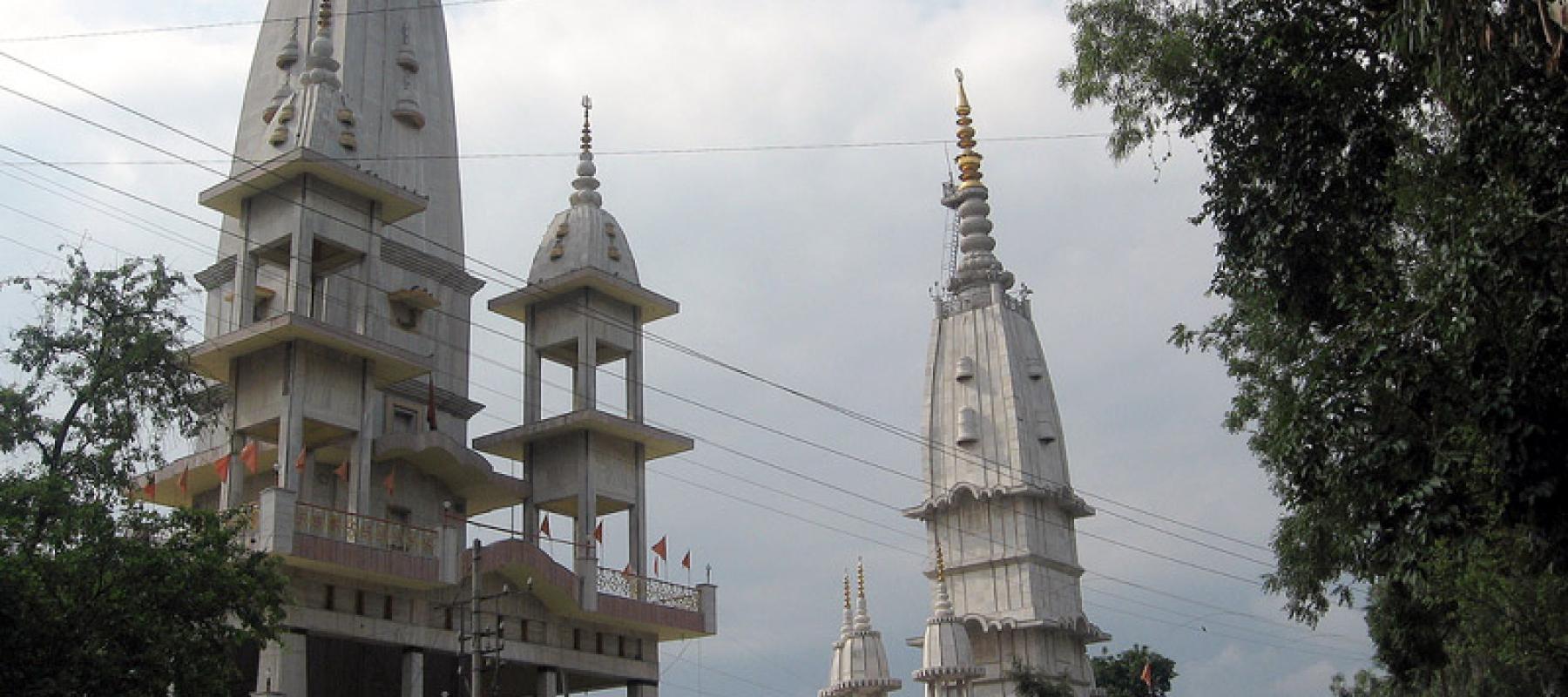In the late 19th century, a revolution was brewing inside an unlikely temple in a small town of Uttar Pradesh. The British had just introduced new rifle cartridges. To remove the seals on these cartridges, soldiers had to use their teeth. This act was met by retaliation by Indian soldiers as it was believed that the seal was made of pig and cow fat. Thus began the clamour for rebellion against the East India Company. The brick walls of the Augarnath temple witnessed the conversations that first sparked the revolt of 1857.
This elaborate temple is what we are all set to explore on June 23, 2019, on a unique heritage walk organised by Sahapedia through its outreach programme, India Heritage Walks. The walk explores the cultural, spiritual and historical significance of the Augarnath temple.
On May 10, 1857, the Indian citizens took an oath at this rebel against the British. At the time, the Indian Army was referred to as the ‘Kali Paltan’ that translates to the ‘black army.’ Since the Augarnath temple was located inside the cantonment area, close to the quarters of the soldiers, it came to be vernacularly called as the ‘Kali Paltan Mandir’. The temple had a well, where soldiers would often draw water from. They would meet in the temple premises to hold secret ‘meetings’, often spearheaded by officers and a priestly saint who apparently ‘directed’ the soldiers to destroy the British.
But apart from a fascinating history, there are several other reasons to visit the Augarnath temple. Lagend has it that the Shivalinga, situated in the sanctum sanctorum of the temple, emerged on its own. Being one of the oldest Shiva temples in the city, it attracts a large number of disciples from in and around Meerut, including the kaanwariyas--the devotees on a 'kanwar yatra', a pilgrimage on foot to fetch the holy water of the river Ganga. Local priests suggest that in ancient times, even Maratha warriors would come to the temple to seek the blessings of Lord Shiva after a victory.

The architectural beauty and history of the Augarnath temple are also admirable. Built in traditional Hindu temple architectural style, the four gopurams or main entrances all have interesting histories, and have been built by different rulers such as Krishna Deva Raya, Sevappa Naicker, etc. The temple is full of intricate carvings of Sanskrit scriptures. Until 1944, the temple comprised of a huge complex and a well, which were surrounded by trees. However in 1968, a new temple complex was built, but the old Shivalinga remained. The complex also comprises of a recently built Krishna temple along with a big hall to hold religious functions, bhajans, etc.
The Augarnath temple is a treasure trove of stories and narratives that shaped the fabric of India. These stories lie frozen in its walls, waiting to be told. Come hear them from Vanshika Rastogi, the walk leader. A prolific storyteller, Vanshika is currently pursuing her MBA in Travel and Tourism from the Indian Institute of Tourism and Travel Management, Gwalior. Her subject of specialisation is Tour Guiding and Leadership. She loves travelling and exploring the architecture and folklore behind every place she visits. Having held several walks in Meerut, she knows the city and its spirit by heart.
So come join us on this temple walk around Meerut and learn about the beginning of the revolt of 1857, the saint who asked the Indian soldiers to destroy the British , the significance of Shivalinga, and the temple architecture of India.
This guided tour is free.
For more information and registration, click here.
To understand more about the heritage and culture of Meerut, click here.
References
https://www.templeadvisor.com/temples-in-india/hindu-temples/augarnath-temple
https://www.indianmirror.com/temples/augurnath-temple.html
https://www.indiaheritagewalks.org/legends-and-beauty-basilica-our-lady-graces
https://www.sahapedia.org/search/contents?keyword=meerut
Feature Image Source: https://www.exploreouting.com/attraction/kali-paltan-mandir

